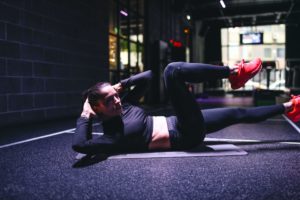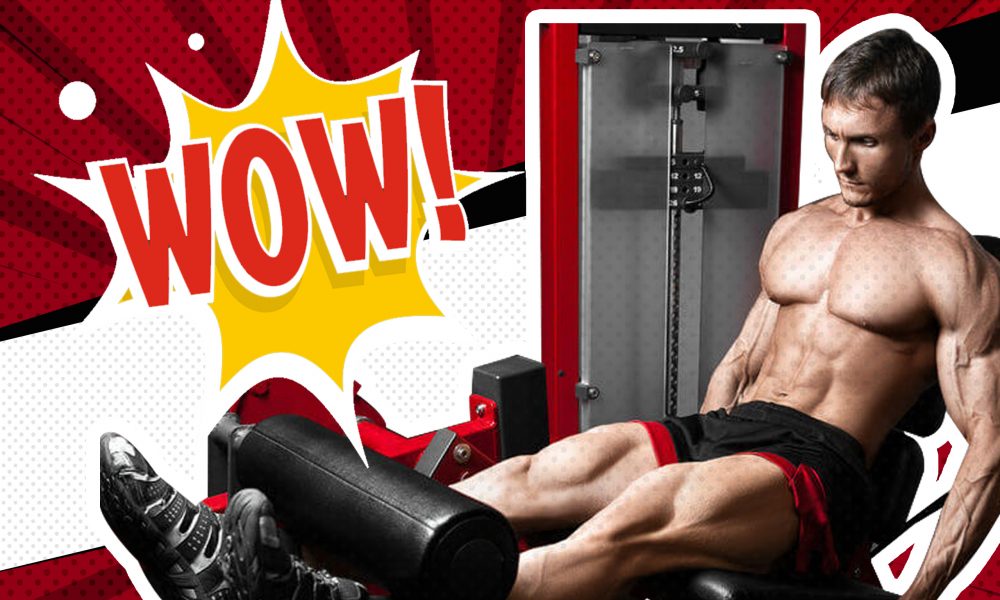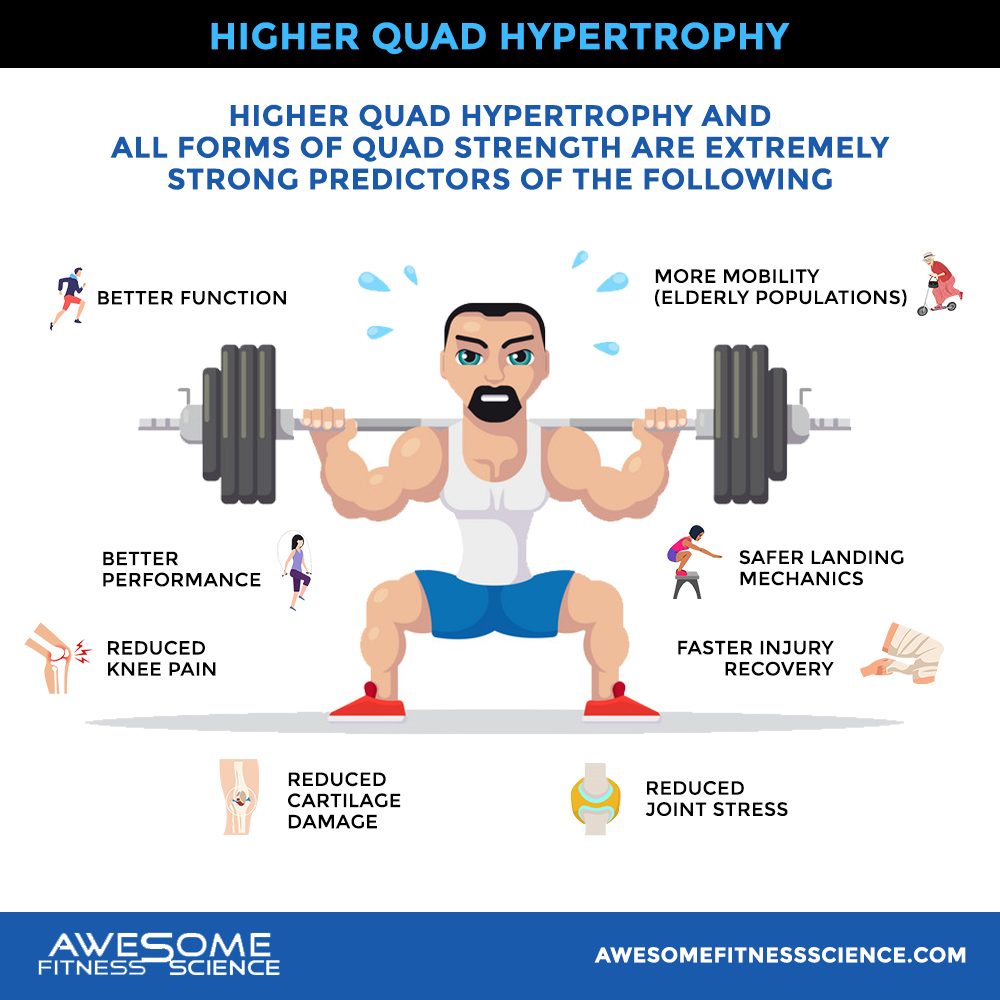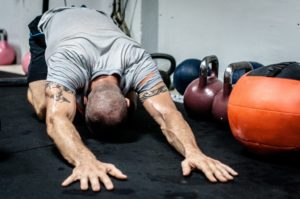1. Cohen . “Patellofemoral Stresses during Open and Closed Kinetic Chain Exercises. An Analysis Using Computer Simulation.” The American Journal of Sports Medicine, U.S. National Library of Medicine, pubmed.ncbi.nlm.nih.gov/11476390/.
2. Escamilla . “Anterior Cruciate Ligament Strain and Tensile Forces for Weight-Bearing and Non-Weight-Bearing Exercises: a Guide to Exercise Selection.” The Journal of Orthopaedic and Sports Physical Therapy, U.S. National Library of Medicine, pubmed.ncbi.nlm.nih.gov/22387600/.
3. Shelburne, Kevin B., et al. “Pattern of Anterior Cruciate Ligament Force in Normal Walking.” Journal of Biomechanics, Elsevier, 23 Jan. 2004, www.sciencedirect.com/science/article/abs/pii/S0021929003003944?via=ihub.
4. Woo . “Tensile Properties of the Human Femur-Anterior Cruciate Ligament-Tibia Complex. The Effects of Specimen Age and Orientation.” The American Journal of Sports Medicine, U.S. National Library of Medicine, pubmed.ncbi.nlm.nih.gov/1867330/.
5. Escamilla . “Biomechanics of the Knee during Closed Kinetic Chain and Open Kinetic Chain Exercises.” Medicine and Science in Sports and Exercise, U.S. National Library of Medicine, pubmed.ncbi.nlm.nih.gov/9565938/.
6. Harner . “The Human Posterior Cruciate Ligament Complex: an Interdisciplinary Study. Ligament Morphology and Biomechanical Evaluation.” The American Journal of Sports Medicine, U.S. National Library of Medicine, pubmed.ncbi.nlm.nih.gov/8600743/.
7. KD;, Kennedy. “Tension Studies of Human Knee Ligaments. Yield Point, Ultimate Failure, and Disruption of the Cruciate and Tibial Collateral Ligaments.” The Journal of Bone and Joint Surgery. American Volume, U.S. National Library of Medicine, pubmed.ncbi.nlm.nih.gov/1262366/.
8. Tumminello, Nick. “Are the Seated Leg Extension, Leg Curl, and Adduction Machine Exercises Non-Functional or Risky?” NSCA, www.nsca.com/education/articles/ptq/are-the-seated-leg-extension-leg-curl-and-adduction-machine-exercises-non-functional-or-risky/.
9. Beynnon . “The Strain Behavior of the Anterior Cruciate Ligament during Squatting and Active Flexion-Extension. A Comparison of an Open and a Closed Kinetic Chain Exercise.” The American Journal of Sports Medicine, U.S. National Library of Medicine, pubmed.ncbi.nlm.nih.gov/9397272/.
10. BD;, Fleming. “Open- or Closed-Kinetic Chain Exercises after Anterior Cruciate Ligament Reconstruction?” Exercise and Sport Sciences Reviews, U.S. National Library of Medicine, pubmed.ncbi.nlm.nih.gov/16006821/.
11. Ebben . “Muscle Activation during Lower Body Resistance Training.” International Journal of Sports Medicine, U.S. National Library of Medicine, pubmed.ncbi.nlm.nih.gov/18975260/.
12. Ema . “Inhomogeneous Architectural Changes of the Quadriceps Femoris Induced by Resistance Training.” European Journal of Applied Physiology, U.S. National Library of Medicine, pubmed.ncbi.nlm.nih.gov/23949789/.
13. Stensdotter . “Quadriceps Activation in Closed and in Open Kinetic Chain Exercise.” Medicine and Science in Sports and Exercise, U.S. National Library of Medicine, pubmed.ncbi.nlm.nih.gov/14652500/.
14. Fukuda . “Open Kinetic Chain Exercises in a Restricted Range of Motion after Anterior Cruciate Ligament Reconstruction: a Randomized Controlled Clinical Trial.” The American Journal of Sports Medicine, U.S. National Library of Medicine, pubmed.ncbi.nlm.nih.gov/23423316/.
15. N;, Jewiss. “Open versus Closed Kinetic Chain Exercises Following an Anterior Cruciate Ligament Reconstruction: A Systematic Review and Meta-Analysis.” Journal of Sports Medicine (Hindawi Publishing Corporation), U.S. National Library of Medicine, pubmed.ncbi.nlm.nih.gov/28913413/.
16. AI;, Perriman. “The Effect of Open- Versus Closed-Kinetic-Chain Exercises on Anterior Tibial Laxity, Strength, and Function Following Anterior Cruciate Ligament Reconstruction: A Systematic Review and Meta-Analysis.” The Journal of Orthopaedic and Sports Physical Therapy, U.S. National Library of Medicine, pubmed.ncbi.nlm.nih.gov/29685058/.
17. TE;, Schmitt. “The Impact of Quadriceps Femoris Strength Asymmetry on Functional Performance at Return to Sport Following Anterior Cruciate Ligament Reconstruction.” The Journal of Orthopaedic and Sports Physical Therapy, U.S. National Library of Medicine, pubmed.ncbi.nlm.nih.gov/22813542/.
18. RM;, Lepley. “Quadriceps Strength, Muscle Activation Failure, and Patient-Reported Function at the Time of Return to Activity in Patients Following Anterior Cruciate Ligament Reconstruction: A Cross-Sectional Study.” The Journal of Orthopaedic and Sports Physical Therapy, U.S. National Library of Medicine, pubmed.ncbi.nlm.nih.gov/26471854/.
19. Wang . “Relationship between Quadriceps Strength and Patellofemoral Joint Chondral Lesions after Anterior Cruciate Ligament Reconstruction.” The American Journal of Sports Medicine, U.S. National Library of Medicine, pubmed.ncbi.nlm.nih.gov/26093005/.
20. Schmitt . “Strength Asymmetry and Landing Mechanics at Return to Sport after Anterior Cruciate Ligament Reconstruction.” Medicine and Science in Sports and Exercise, U.S. National Library of Medicine, pubmed.ncbi.nlm.nih.gov/25373481/.
21. Kaya . “Women with Patellofemoral Pain Syndrome Have Quadriceps Femoris Volume and Strength Deficiency.” Knee Surgery, Sports Traumatology, Arthroscopy : Official Journal of the ESSKA, U.S. National Library of Medicine, pubmed.ncbi.nlm.nih.gov/20953760/.
22. GY;, Chiu. “The Effects of Quadriceps Strengthening on Pain, Function, and Patellofemoral Joint Contact Area in Persons with Patellofemoral Pain.” American Journal of Physical Medicine & Rehabilitation, U.S. National Library of Medicine, pubmed.ncbi.nlm.nih.gov/22248804/.
23. RP;, Rixe. “A Review of the Management of Patellofemoral Pain Syndrome.” The Physician and Sportsmedicine, U.S. National Library of Medicine, pubmed.ncbi.nlm.nih.gov/24113699/.
24. Fiatarone . “High-Intensity Strength Training in Nonagenarians. Effects on Skeletal Muscle.” JAMA, U.S. National Library of Medicine, pubmed.ncbi.nlm.nih.gov/2342214/.
25. SJ;, Maly. “Determinants of Self-Report Outcome Measures in People with Knee Osteoarthritis.” Archives of Physical Medicine and Rehabilitation, U.S. National Library of Medicine, pubmed.ncbi.nlm.nih.gov/16401446/.
26. L;, Mizner. “Quadriceps Strength and the Time Course of Functional Recovery after Total Knee Arthroplasty.” The Journal of Orthopaedic and Sports Physical Therapy, U.S. National Library of Medicine, pubmed.ncbi.nlm.nih.gov/16108583/.
27. van . “Do Isometric and Isotonic Exercise Programs Reduce Pain in Athletes with Patellar Tendinopathy in-Season? A Randomised Clinical Trial.” Journal of Science and Medicine in Sport, U.S. National Library of Medicine, pubmed.ncbi.nlm.nih.gov/26707957/.
28. McMahon . “Muscular Adaptations and Insulin-like Growth Factor-1 Responses to Resistance Training Are Stretch-Mediated.” Muscle & Nerve, U.S. National Library of Medicine, pubmed.ncbi.nlm.nih.gov/23625461/.
29. KB;, Pandy. “Dependence of Cruciate-Ligament Loading on Muscle Forces and External Load.” Journal of Biomechanics, U.S. National Library of Medicine, pubmed.ncbi.nlm.nih.gov/9391868/.
30.
“The Role of Exercise Selection in Regional Muscle Hypertrophy: A Randomized Controlled Trial.” Taylor & Francis, www.tandfonline.com/doi/abs/10.1080/02640414.2021.1929736?journalCode=rjsp20.





